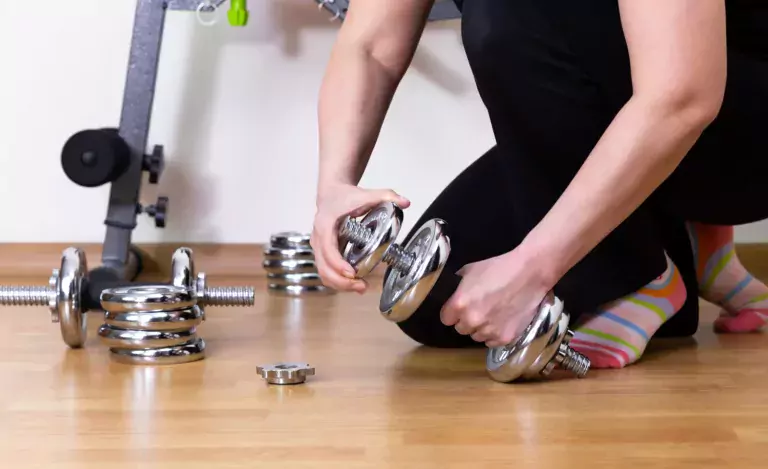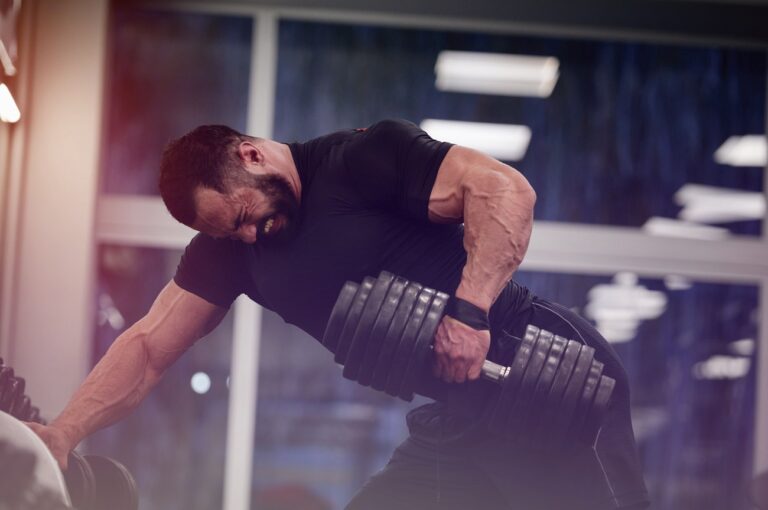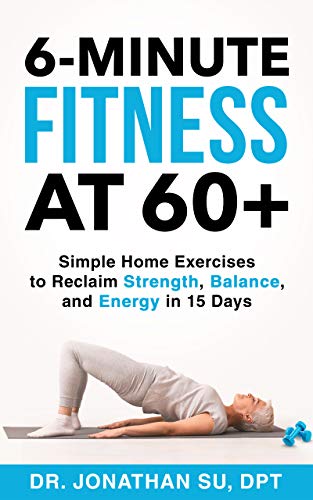
Get-Fit Guy
Get-Fit Guy will give you the fitness tools to rise above your former self and achieve the healthy balance between athletic performance and an enjoyable life.
Listen Now
More From Get-Fit Guy
Is bone broth good for you, or is it just another wellness fad backed by flimsy evidence? On this week’s episode of the Get-Fit Guy podcast we d...
As I booted up my laptop to create the show this week, realized that this is the 666th episode of Get-Fit Guy. Out of curiosity, I searched for ‘...
The modus ponens of ‘10,000 steps a day’ I’m going to start with a modus ponens I made for you to illustrate today’s argument. A modus...
Looking to get in shape in 2024? As we enter the new year, many folks are looking to get in shape. But first, let’s sidestep the clichéd New Ye...
How Can You Reach Your Fitness Goals? In a recent episode of the Get-Fit Guy podcast from February (you can also listen in the handy player below this...
Workout Gear and Supplies A few weeks ago, I spoke about training shoes. What kind of shoes should you be wearing for each training purpose? I had a...
How to get in shape: know step 1 I wanted to take some time to objectively clarify what strength training is. Well, as much as possible, because I hav...
This past week, I received an email from an avid listener asking me how to stop muscle cramps. As a curveball, she gets migraines, so she avoids sweet...
Taking a Week Off from Working Out Is taking a week off from working out detrimental? Today, I want to talk to you about a “deload week” and wheth...
Today, I am going to talk about the debate about squat variants. When it comes to the best squat exercise, some people say low bar is best and other s...
About

Get-Fit Guy will give you the fitness tools to rise above your former self and achieve the healthy balance between athletic performance and an enjoyable life.














